The Surfinia or Hanging Petunia: [Planting, Care, Irrigation and Substrate]
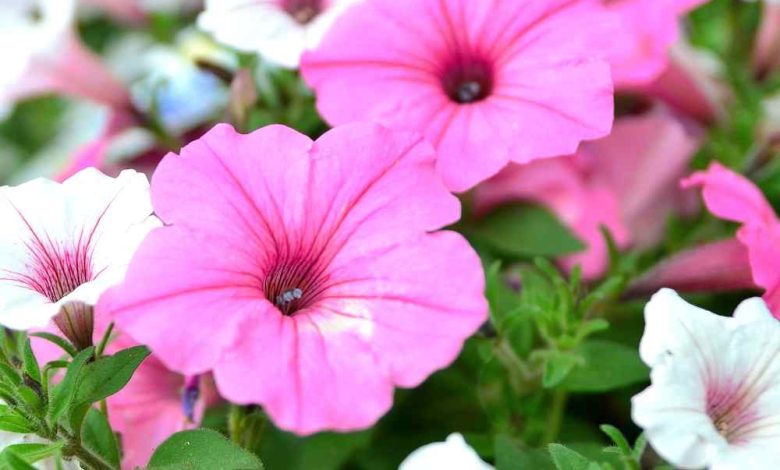
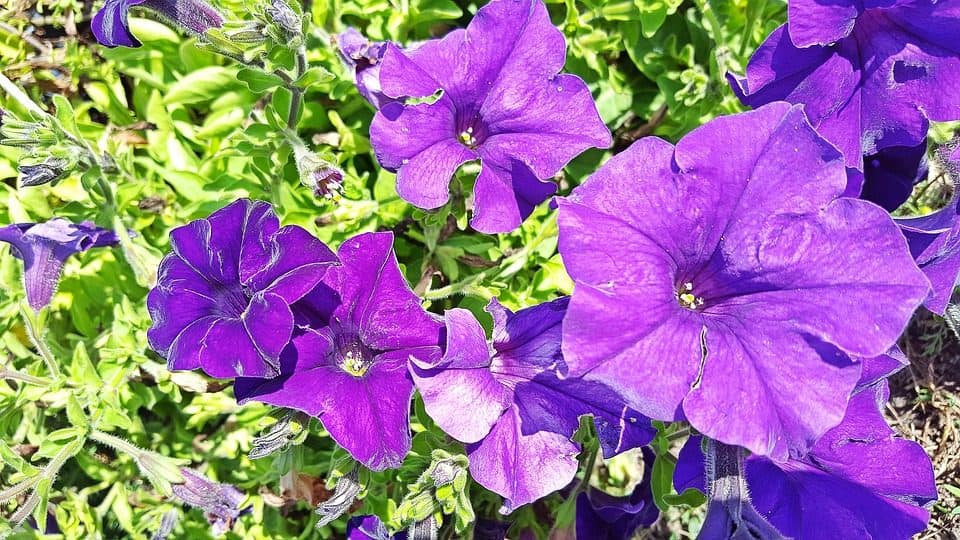
Surfinia, or Hanging Petunia, a very bushy hybrid perennial with excellent foliage and colorful blooms, has become another genuine choice for a hanging pot at home.
Of spectacular flowering in summer, its bell-shaped flowers measure between 5 to 13 cm and can accompany you in spaces as dissimilar as external gardens, terraces or balconies and in hanging baskets, where the fusion of leaves and flowers will be even more noticeable, ranging from a intense scarlet red to violet, pink and white tones.
Without a doubt, its fundamental attraction is the leafiness of this plant.
Characteristics of the Surfinia or colegante petunia
Surfinias petunias are a genus of flowering plants whose petals give them a trumpet shape, similar to what happens in Mexican petunias.
They are geographically widespread and, in fact, can be found from Brazil and Argentina to the southern United States.
It has many species, and all of them are highly valued aesthetically, especially when it comes to giving color to balconies or terraces because they are hanging plants, which are also suitable for both exterior and interior.
If you like them, take note of this practical surf petunia care guide that will show you how easy it is to have them at home.
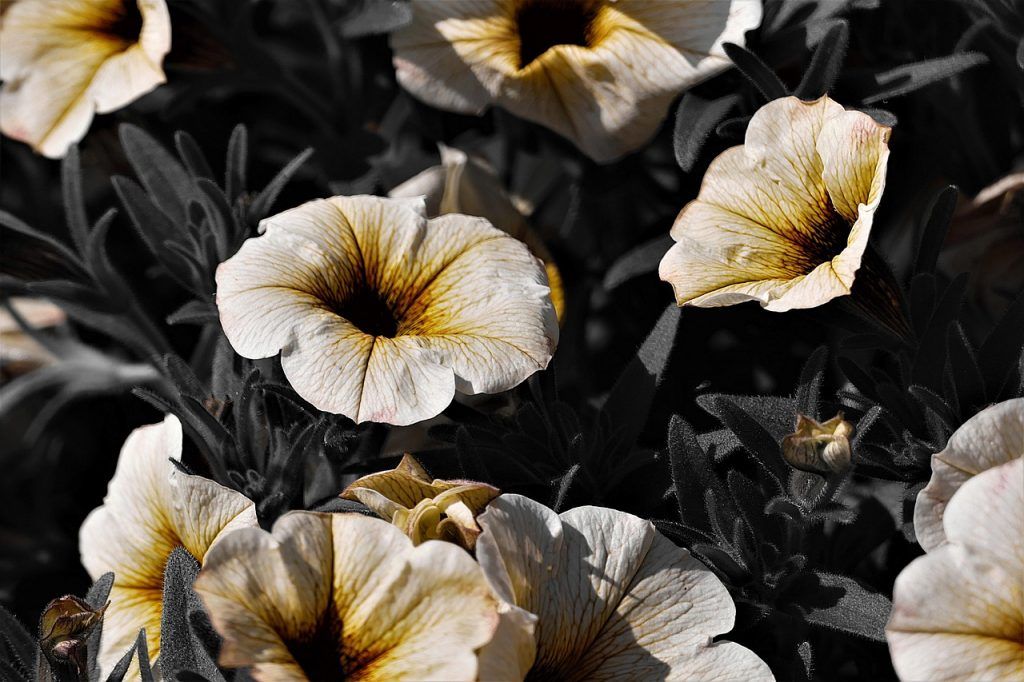
It grows fast, so a large pot that can take root determines optimal growth, which translates into much more green foliage and flowers that will overwhelm the hanging pot.
Do not make a calculation error on this particular point, because the future of your Surfinia will depend on it, very similar in its behavior to the Petunias.
Temperature: Where do we plant the Surfinia?
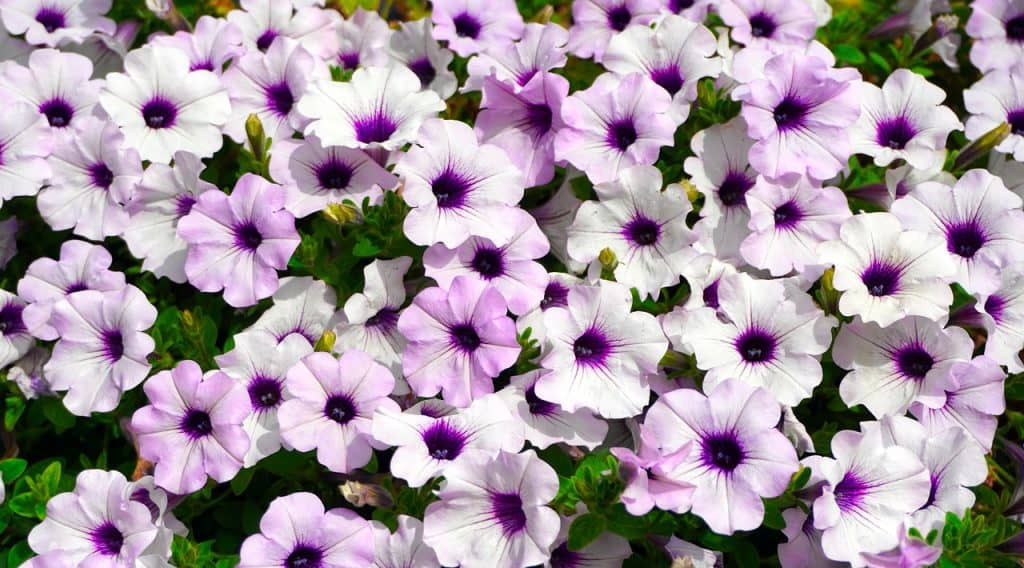 Withstands high temperatures.
Withstands high temperatures.
It prefers very hot climates. And they hate winter snowfall, the river weather of this time, because it kills them. Nor winds and rains.
Light: What needs does the hanging petunia have?
Place your Hanging Petunia at home in a very bright room, practically all day, if you want to see beautiful flowers.
Its branches, if you don’t, will stretch out to seek natural sunlight. She knows that if this is not the case, her growth will stop and the flowers will not arrive because she was not stimulated correctly.
Substrate and Fertilizer: How do we prepare the land?
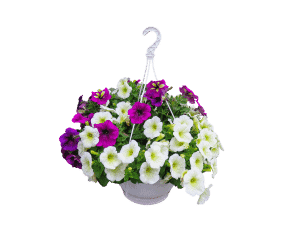 It has so many flowers, so many that obviously this plant spends a lot of energy just at this wonderful time of flowering.
It has so many flowers, so many that obviously this plant spends a lot of energy just at this wonderful time of flowering.
A liquid fertilizer for flowering plants should not be missing. It will help these to last a long time, to the point that you can remove the ones that are withering, while new ones come out without any shyness.
Apply the fertilizer every ten days, after the first bloom, which is almost always in early spring.
Irrigation: How and how often do we water the Surfinia?
The ideal, effective drainage, which prevents the water from pooling in the pot, is outstanding. The Surfinia needs a lot of sun and, therefore, a lot of hydration so that its development is also excellent.
In spring, it must be watered every other day, depending on the temperature.
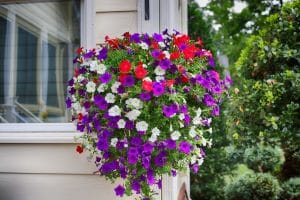 And in summer the situation changes, because you can apply the water you need in daily doses to always be well hydrated. Zero excesses and guarantees that the excess water will not remain trapped in the pot is essential.
And in summer the situation changes, because you can apply the water you need in daily doses to always be well hydrated. Zero excesses and guarantees that the excess water will not remain trapped in the pot is essential.
Significant damage would be caused by fungus in the roots, if you do not take measures to prevent root rot. Don’t wet the flowers either because they will die. Destructive fungi will appear that will stain the plant a moldy yellow.
It also guarantees that the excess water of the plant will not be trapped. Avoid waterlogging by watering only what is necessary.
In short, water daily if possible on very hot days, but controlled, with little water.
Surfinia care and pruning
Since these plants are producing flowers for a considerable time, it is necessary to clean them of damaged or withered flowers, which take light away from the plant.
The same should be done with the leaves that are not in good shape and, in addition, it is recommended to do an annual pruning from the first flowering to enhance it and also control its growth.
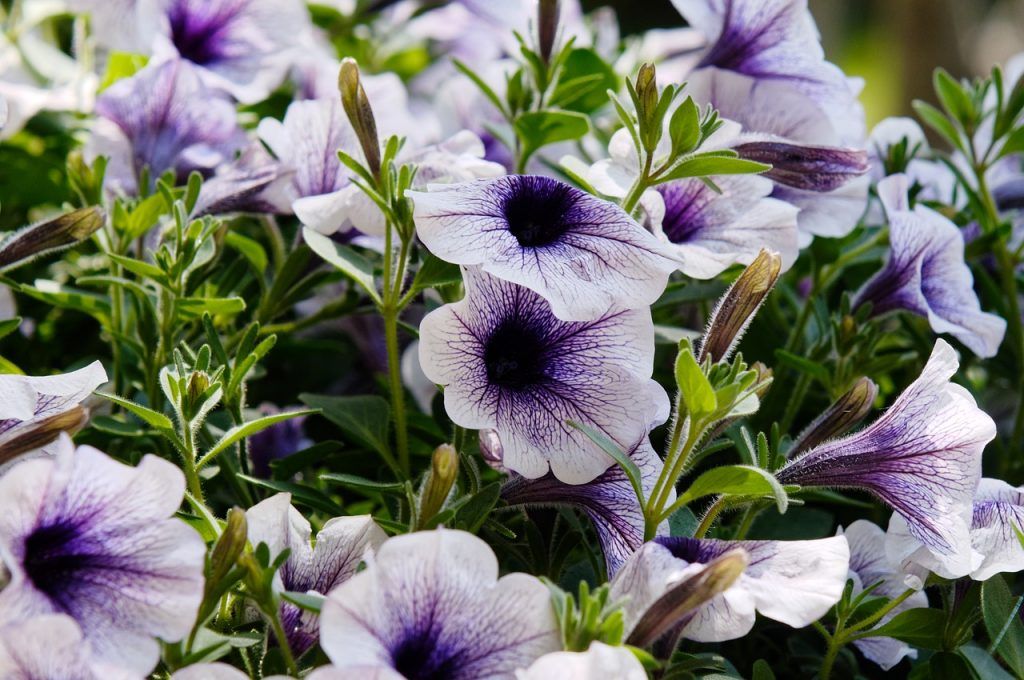
How to Plant Petunias Surfinias
To sow the petunia surfinia seeds follow these simple steps:
- Prepare a pot or seedbed with a suitable substrate for these plants. Mixtures of coconut fiber with worm humus are always a great option, as they provide a loose soil, with excellent drainage and rich in nutrients.
- Spread the petunia seeds over the surface of the substrate, making sure they don’t fall too close together.
- With your finger, lightly press the seeds to bury them a few millimeters into the ground.
- Provide sprayed water with a sprayer to prevent the moving water from collecting all the seeds in clusters.
- Cover the pot or seedbed with the transparent film, which will help maintain humidity.
- Leave it in a lighted place but not exposed to direct sunlight. Ideally, it should be at a temperature between 21 ºC and 29 ºC.
- If you think the substrate is drying out, remove the plastic and water again, although it may not be necessary to do so until they germinate.
They are perennial plants that do not exceed 45 cm in height, which can adapt to different soils and climates depending on the specific species.
Its trumpet-shaped flowers reach up to 13 cm, with a flowering that covers almost all the warm months.
They are of different colors and shades, from white, pink and purple to bright red. They are also very aromatic flowers, which cover the plant to a great extent.
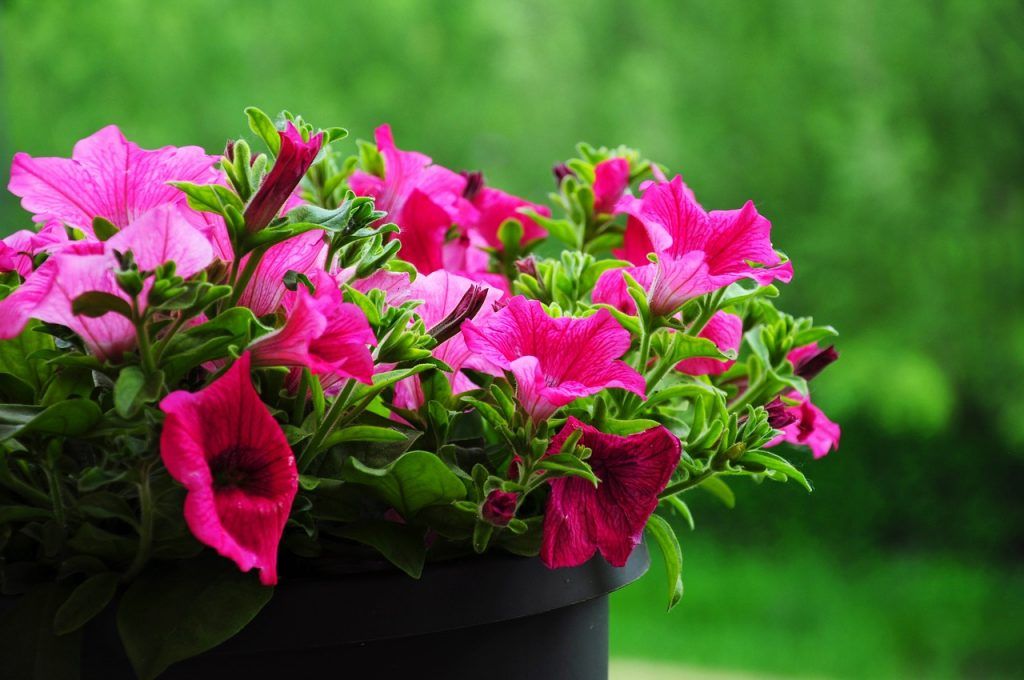
How to reproduce hanging petunia?
The best way to reproduce surfinian petunias is simply by planting their seeds, as they germinate quickly and are not complicated to grow.
However, to do this, you have to retrieve the seeds from the plant itself.
You can extract them from dried flowers.
Many times, when the flower has dried and withered, a small green capsule is seen, which turns yellow over the days. This capsule contains the seeds, and you have to carefully remove it to sow them.
Many recommend removing the capsule while it is still green and letting it dry in the sun for.
In this way, we make sure not to lose the seeds due to the natural detachment of the capsule. Also, keep in mind that not all dried flowers have seeds, so don’t worry if it takes you a while to find your first one.



![Photo of Ardisia: [Cultivation, Irrigation, Care, Pests and Diseases]](https://www.complete-gardening.com/wp-content/uploads/2022/08/ardisia-cultivation-irrigation-care-pests-and-diseases-390x220.jpg)
